
Breakthroughs in Renewable Energy Technology and Sustainability
Renewable energy technology and sustainability have been rapidly advancing in recent years, with numerous breakthroughs that are transforming the way we generate, consume, and interact with energy. Renewable energy technology and sustainability are at the forefront of this transformation, with innovations in solar, wind, hydro, and geothermal energy leading the charge.
Advances in Solar Energy
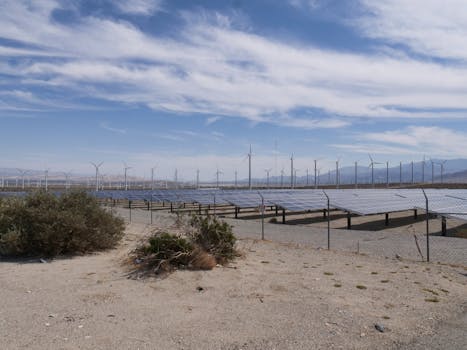
Solar energy has been one of the fastest-growing sources of renewable energy in recent years, with significant advances in technology and efficiency. Bifacial solar panels, which can generate electricity from both the front and back sides of the panel, have become increasingly popular, offering higher efficiency rates and lower costs. Additionally, the development of perovskite solar cells has shown great promise, with the potential to surpass traditional silicon-based solar cells in terms of efficiency and cost.
Wind Energy Innovations
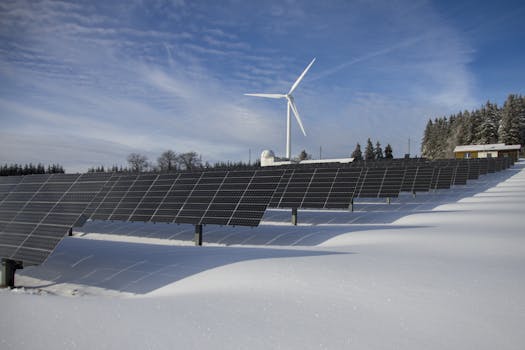
Wind energy has also seen significant innovations in recent years, with larger, more efficient turbines being developed. The use of advanced materials and designs has enabled the creation of longer, lighter turbine blades, which can generate more electricity while reducing costs. Furthermore, the development of floating wind turbines has opened up new possibilities for offshore wind farms, allowing for the harnessing of wind energy in deeper waters.
Hydrokinetic Energy and Tidal Power
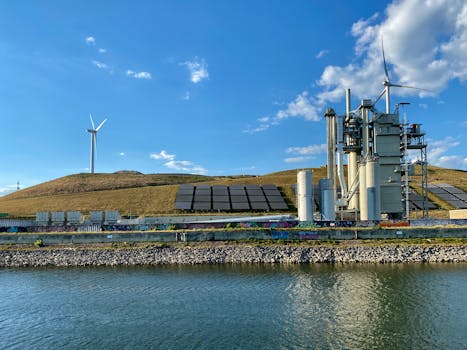
Hydrokinetic energy and tidal power are two emerging forms of renewable energy that harness the power of moving water. Hydrokinetic energy utilizes the kinetic energy of rivers, oceans, and tidal currents to generate electricity, while tidal power leverages the predictable and reliable movement of tidal currents. These innovative technologies have the potential to provide a significant source of renewable energy, particularly in coastal areas.
Geothermal Energy Advancements

Geothermal energy has long been a reliable source of renewable energy, particularly in regions with significant volcanic activity. Recent advancements in enhanced geothermal systems (EGS) have expanded the potential for geothermal energy, enabling the harnessing of heat from hot rock formations in areas without natural underground reservoirs. This technology has the potential to unlock vast amounts of geothermal energy, particularly in regions with limited traditional geothermal resources.
Sustainability and Energy Efficiency
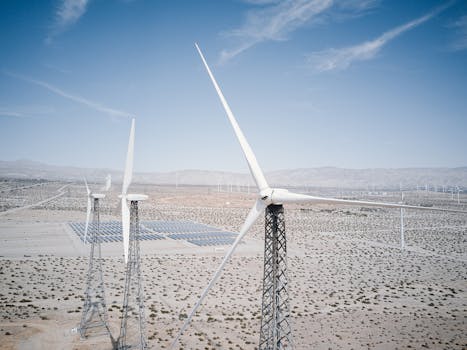
Sustainability and energy efficiency are critical components of the transition to a renewable energy-based economy. Innovations in smart grids, energy storage, and building insulation have greatly improved the efficiency of energy consumption, while reducing waste and emissions. Additionally, the development of sustainable materials and practices has reduced the environmental impact of energy generation and consumption.
Breakthroughs in Energy Storage
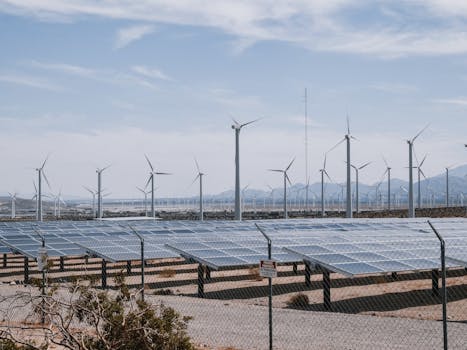
Energy storage has been a significant challenge in the transition to renewable energy, as it requires the development of efficient, cost-effective, and scalable solutions. Recent breakthroughs in battery technology, such as lithium-ion batteries and flow batteries, have greatly improved the efficiency and affordability of energy storage. Furthermore, the development of innovative energy storage solutions, such as hydrogen fuel cells and compressed air energy storage, has expanded the range of options for storing excess energy generated from renewable sources.
Conclusion

In conclusion, the breakthroughs in renewable energy technology and sustainability have been nothing short of remarkable. From advances in solar, wind, and hydrokinetic energy to innovations in geothermal energy, energy storage, and sustainability, the possibilities for a renewable energy-based future are vast and exciting. As we continue to push the boundaries of what is possible, we can look forward to a cleaner, more efficient, and more sustainable energy landscape that benefits both people and the planet.






